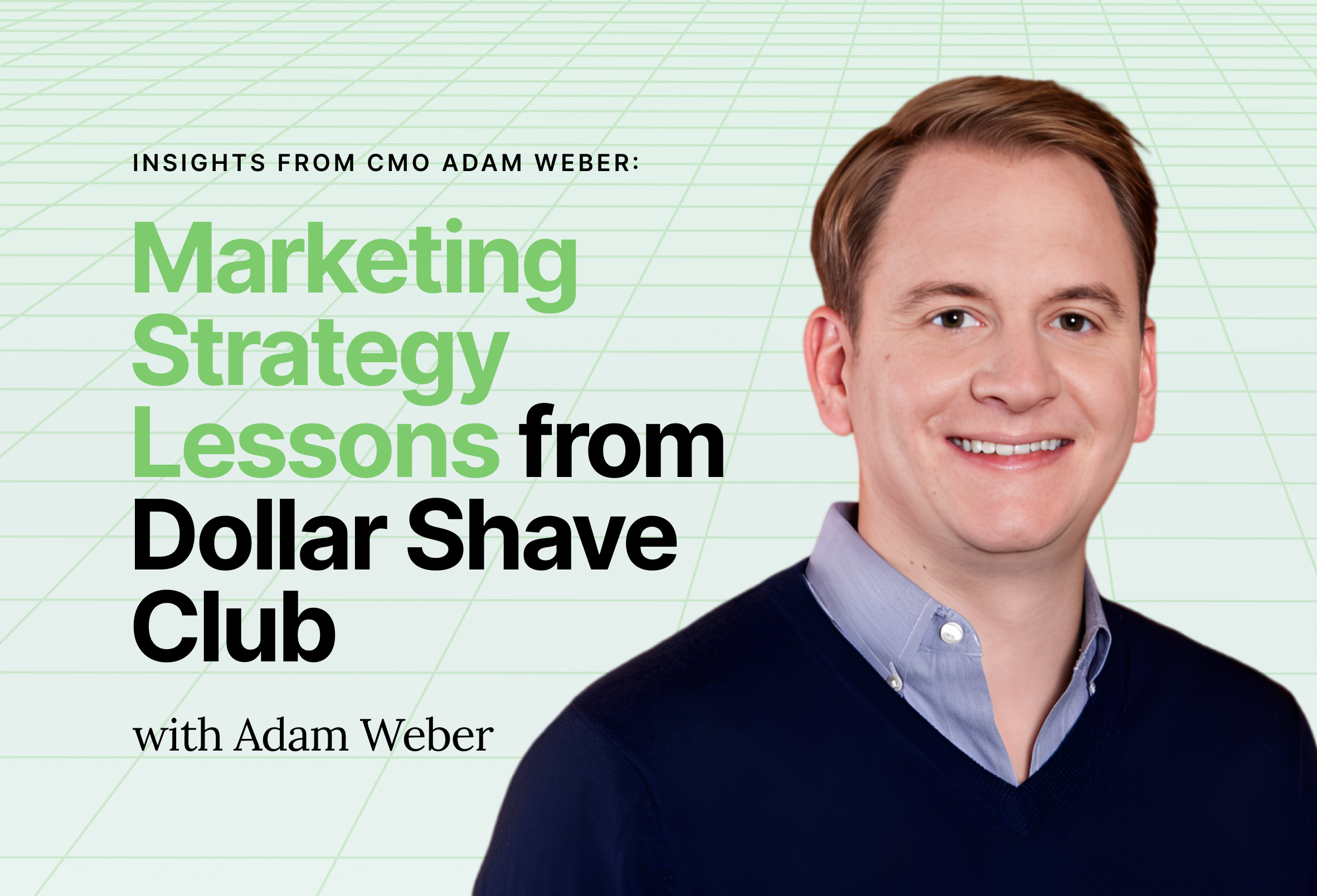If you've ever wondered what it really takes to become a Chief Marketing Officer, you're not alone. Many marketing professionals think about that leap from manager or director to the C-suite, but it can often feel like a black box. In this article, you'll hear from two seasoned CMOs, Katelyn Watson and Ashish Agarwal, who share their unique journeys, challenges, and practical advice on how to grow into the CMO role.
This fireside chat, hosted by GrowthAssistant, dives deep into their career arcs, what worked, what didn’t, and how aspiring marketing professionals can find clarity and momentum in their own paths.
Starting Out: Finding Your Career Direction
Both Katelyn and Ashish had non-linear starts. Katelyn began with a clear marketing focus in college, while Ashish started in engineering and pivoted into marketing after working in consumer goods and attending business school. Their message: there's no single right way. What's more important is identifying your strengths and what excites you about marketing.
One key insight: marketing is as much about curiosity and problem solving as it is about execution. Whether you start in design, analytics, or performance marketing, being adaptable and open to new challenges can prepare you for the broad scope required of a CMO.
Why should you start at a big company?
Should you work at a big company first or join a startup early? Both Katelyn and Ashish recommend starting your career in a larger organization, where structured learning, cross-functional collaboration, and access to experienced leaders provide a strong foundation.
Katelyn described larger companies as "ongoing universities" a place to learn how to communicate effectively, analyze results, and build strategic thinking skills. Ashish noted that big companies help you develop clear thinking frameworks and people management practices that continue to serve you later.
But as they both transitioned to startups, they found a different kind of growth. Startups gave them the freedom to experiment, the pressure to drive outcomes quickly, and the opportunity to lead broader areas of the business.
Lesson: It's helpful to build your skills in an established company, then apply them in more nimble environments where you can take ownership and move faster.
When to Specialize (And When to Stay Broad)
A common question for marketing professionals is whether to go deep in one area (like growth or brand) or stay broad. Katelyn emphasized that early in her career, she positioned herself as industry-agnostic, which gave her access to varied opportunities across hospitality, fintech, e-commerce, and healthcare. Only later did she lean into her sweet spot in digital health.
Ashish, meanwhile, had a more vertical path in financial services, but what stood out was his focus on the types of problems he wanted to solve. For him, the decision to move from Capital One to Remitly wasn’t about industry, it was about being able to work on high-impact, high-growth problems in a more entrepreneurial setting.
The takeaway: your path should align with what energizes you, and you can shift directions once you've built a strong core skill set.
The Role of Mentorship and Self-Awareness
Both CMOs highlighted how feedback and mentorship shaped their careers. Ashish shared a pivotal moment when a Capital One performance review helped him realize that he craved broader ownership. That led him to Remitly and a new chapter of growth. Katelyn talked about managing her confidence and learning how to advocate for herself early on.
Tip: reread your past performance reviews and look for patterns. What are you consistently praised for? What gaps keep showing up? That kind of self-reflection, paired with mentors who challenge and support you, can be a huge asset as you plan your next move.
Marketing as a Cross-Functional Role
As you rise through the ranks, the Chief Marketing Officer job becomes increasingly cross-functional. Katelyn and Ashish both emphasized the need to build relationships across product, finance, operations, and customer experience.
Modern CMOs are expected to influence revenue, customer lifetime value, unit economics, and even team culture. Being a strong CMO requires fluency in business strategy, product management, and analytics, often more than pure brand or creative work.
Pro tip: Learn to speak the language of other departments. Translate your marketing efforts into business impact. And make sure you know how your work ties back to company-wide goals.
Ready to Level Up?
GrowthAssistant helps teams scale efficiently by embedding high-quality marketing talent where it's needed most. Whether you're a growth leader looking to free up bandwidth or a future Chief Marketing Officer eager to build your dream team, we're here to help.
Explore how GrowthAssistant can support your marketing goals










.svg)

